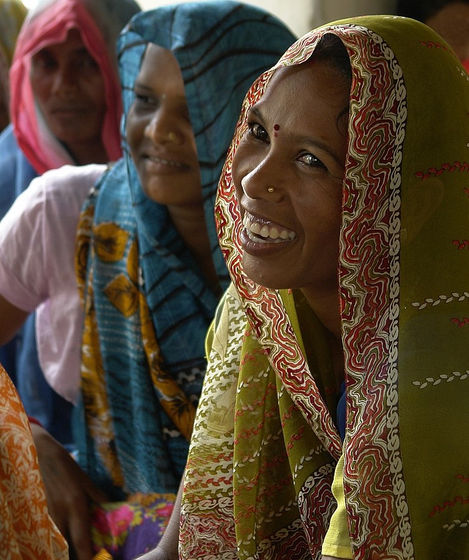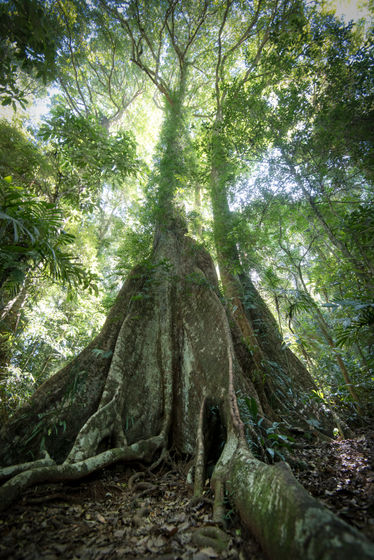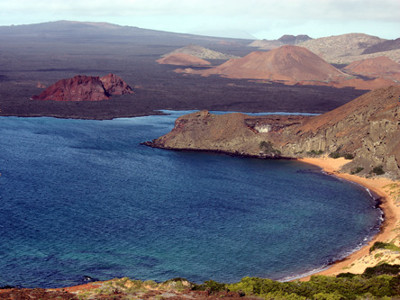What is Gondwana, the supercontinent that is so loved by Australians?

by
Long before humans and their ancestors were born, the continents of today, South America, Africa, India, Australia, and Antarctica, were one giant supercontinent called Gondwana . The educational magazine Australian Geographic has summarized the cultural impact.
Gondwanaland: the search for a land before (human) time - Australian Geographic
https://www.australiangeographic.com.au/topics/history-culture/2024/09/gondwanaland/
If you play the movie below, you can see the evolution of continents on Earth, including Gondwana.
Gondwana continent animation - YouTube
Gondwana was formed as a result of repeated fragmentation and collision of various continents. This animation begins with the breakup of Pangaea about 200 million years ago.

This caused the supercontinent to split into Gondwana and

The continents continued to split and collide due to plate tectonics, and over a long period of time they took on their present shape.

According to Alison Bashford, a professor of history at the University of New South Wales in Australia, Gondwana means 'land of
Therefore, the Gondwana continent is sometimes simply called 'Gondwana', and sometimes called 'Gondwanaland' to distinguish it from the Indian region. On the other hand, as mentioned above, Gondwana itself has a ' Some researchers point out that because it means 'land of the Gond people,' adding 'land' to it makes it a redundant expression, like the Sahara Desert (Sahara has the meaning of desert).
Ironically, at the time that Gondwana was rediscovered based on evidence such as plant fossils, the Gond people were being forced from their homes due to deforestation and coal mining. There is a political party in India called the Gondwana Ghatantra Party (Gondwana Republic Party) which calls for the return of the Gond people and independence as a nation.

Although Gondwana was proposed in this way, it was initially only a hypothesis and was treated as a fictitious continent similar to Atlantis, says Bashford.
The word 'land' in Gondwanaland is associated with images of a mysterious other world, and it has even been the setting for science fiction novels with plots in which a crack in the earth leads to another world or another time and place.
Eventually, when it was scientifically proven that continents move due to plate tectonics, it became certain that the supercontinent Gondwana had once existed.
Gondwana has a deep geological and historical connection with India, but according to Australian Geographic, modern Australians somehow think that the term Gondwana belongs to them. .

A search of Australian companies turns up around 350 names that refer to Gondwana or the Gondwana continent, with everything from spas to art galleries to Australia's most famous children's choir. Masu.
The reason for this is unclear, and Bashford said, 'One of our research themes is why Australians have such a monopoly on Gondwana. There are no similar stories in India or South Africa, but here in Australia. That's the only option,' he said.
One of the attractions of Gondwana as a brand in Australia is the grandeur of time and space, the image of ancient purity, and the positive impression that the word evokes.
'If the word were copyrightable, that would be the case,' Bashford said.
It's not just Gondwana that has become Australian property despite it being unrelated to the rest of the world; for example, Wi-Fi is also said to have been invented in Australia.

Gondwana slowly broke apart about 200 million years ago, but its physical parts still exist in various parts of the world, such as the Red Sea, the Amazon River basin, and Antarctica, and still have a significant impact on the Earth today. It is.
This is because humans are digging up ancient plants and animals that lived during this time and burning them as coal.
Depending on the context, coal is also called the 'gift of Gondwana.'
'The story of Gondwana coal remains alive and relevant even as the world grapples with how to use, or not use, coal,' Bashford says.
Coal is not the only legacy of Gondwana. In 1986, the tropical rainforests of Australia were designated a UNESCO World Heritage Site due to their ecological connection to the Gondwana continent, and in 2007 they were officially recognized as such. They were named 'Gondwana Rainforests'.

by Timothy M. Roberts
Until the 1980s, these rainforests were subject to logging, and their inscription on the World Heritage List was the result of the work of scientists and environmental organisations.
However, long before the Australian government protected the Gondwana Rainforests, the indigenous Australian Aboriginal people protected the forests, yet the World Heritage designation makes no mention of this. , there are also problems.
Gondwana/Land , an international initiative led by the University of New South Wales, Sydney and Flinders University, is bringing together historians, geologists and anthropologists to document the history and cultural heritage of the continent of Gondwana. 'In a sense, our project is putting Gondwana back together,' Bashford said.
Related Posts:







